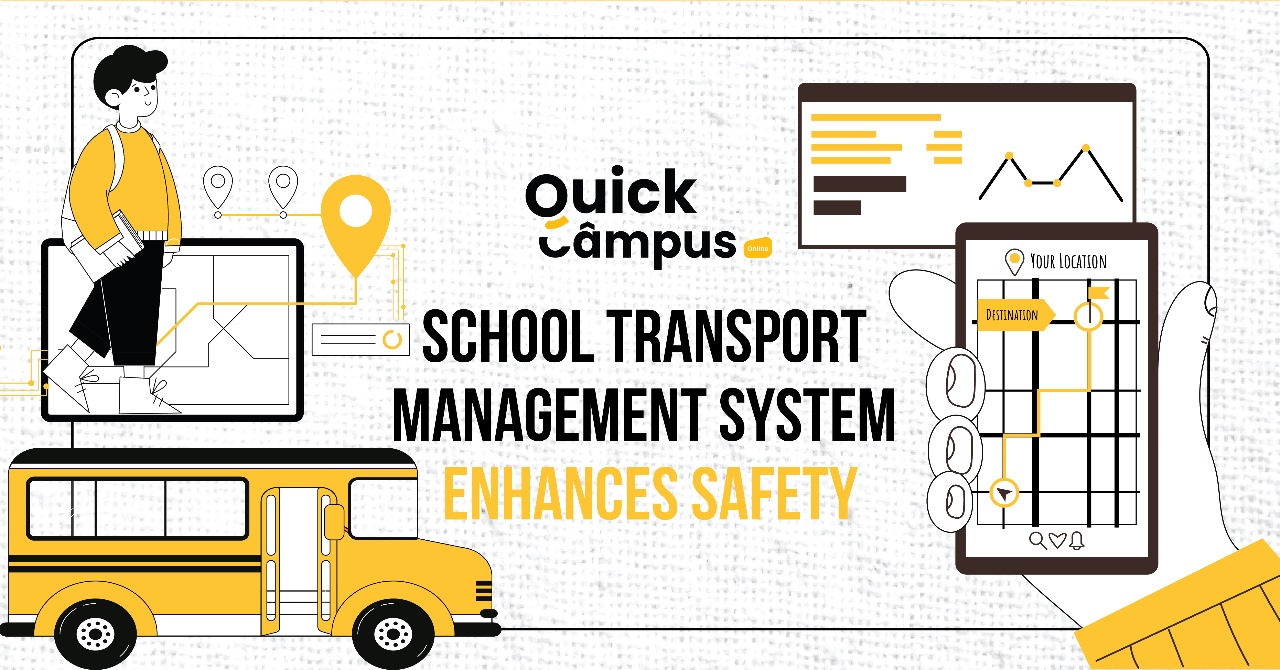Role of Learning Communities In Teacher Professional Development
In today’s fast-paced world, teachers face many challenges in providing quality education to their students. One of the biggest challenges is keeping up with the latest teaching techniques and practices. To meet this challenge, teachers need ongoing professional development. One way that teachers can achieve this is through participation in learning communities.
In this article, we will explore the role of learning communities in teacher professional development.
What are learning communities?
Learning communities are groups of individuals who share a common interest in learning and who come together to pursue that interest. In the context of teacher professional development, learning communities are groups of teachers who come together to engage in collaborative learning activities. These activities can take many forms, including workshops, seminars, peer observation, and online discussion groups.
Benefits of learning communities for teacher professional development
There are many benefits to participating in learning communities as part of teacher professional development.
First, learning communities provide opportunities for teachers to learn from each other. By sharing their experiences and knowledge, teachers can gain new insights and perspectives on teaching and learning.
Second, learning communities can help teachers to stay up-to-date with the latest teaching techniques and practices. By engaging in ongoing professional development, teachers can ensure that their teaching remains relevant and effective.
Finally, learning communities can provide teachers with a sense of community and support. By working together towards a common goal, teachers can build relationships and create a supportive environment that fosters growth and learning.
Challenges of learning communities for teacher professional development
While learning communities offer many benefits, there are also some challenges associated with them.
One of the biggest challenges is finding the time to participate. Teachers are often busy with their regular teaching duties, and finding the time to engage in professional development activities can be difficult.
Another challenge is ensuring that the learning activities are relevant and meaningful. Teachers need to be engaged in activities that are directly related to their teaching practice and that will have a meaningful impact on their students.
Best practices for creating effective learning communities for teacher professional development
To ensure that learning communities are effective for teacher professional development, it is important to follow some best practices.
First, learning communities should be structured in a way that allows for meaningful and relevant learning activities. This might involve selecting topics that are directly related to teachers’ teaching practice, or it might involve providing opportunities for teachers to share their experiences and knowledge.
Second, learning communities should be designed to accommodate the busy schedules of teachers. This might involve scheduling activities outside of regular school hours or providing online learning opportunities that can be accessed at any time.
Finally, learning communities should be supported by school leadership. School leaders can help to create a culture of ongoing professional development of teachers through online resources and support for teachers to engage in learning communities.
Conclusion
In conclusion, learning communities play an important role in teacher professional development. By providing opportunities for collaborative learning, staying up-to-date with the latest teaching techniques and practices, and creating a supportive environment for teachers, learning communities can help to improve the quality of education for students. While there are some challenges associated with learning communities, following best practices can help to ensure that they are effective and meaningful for teachers.












